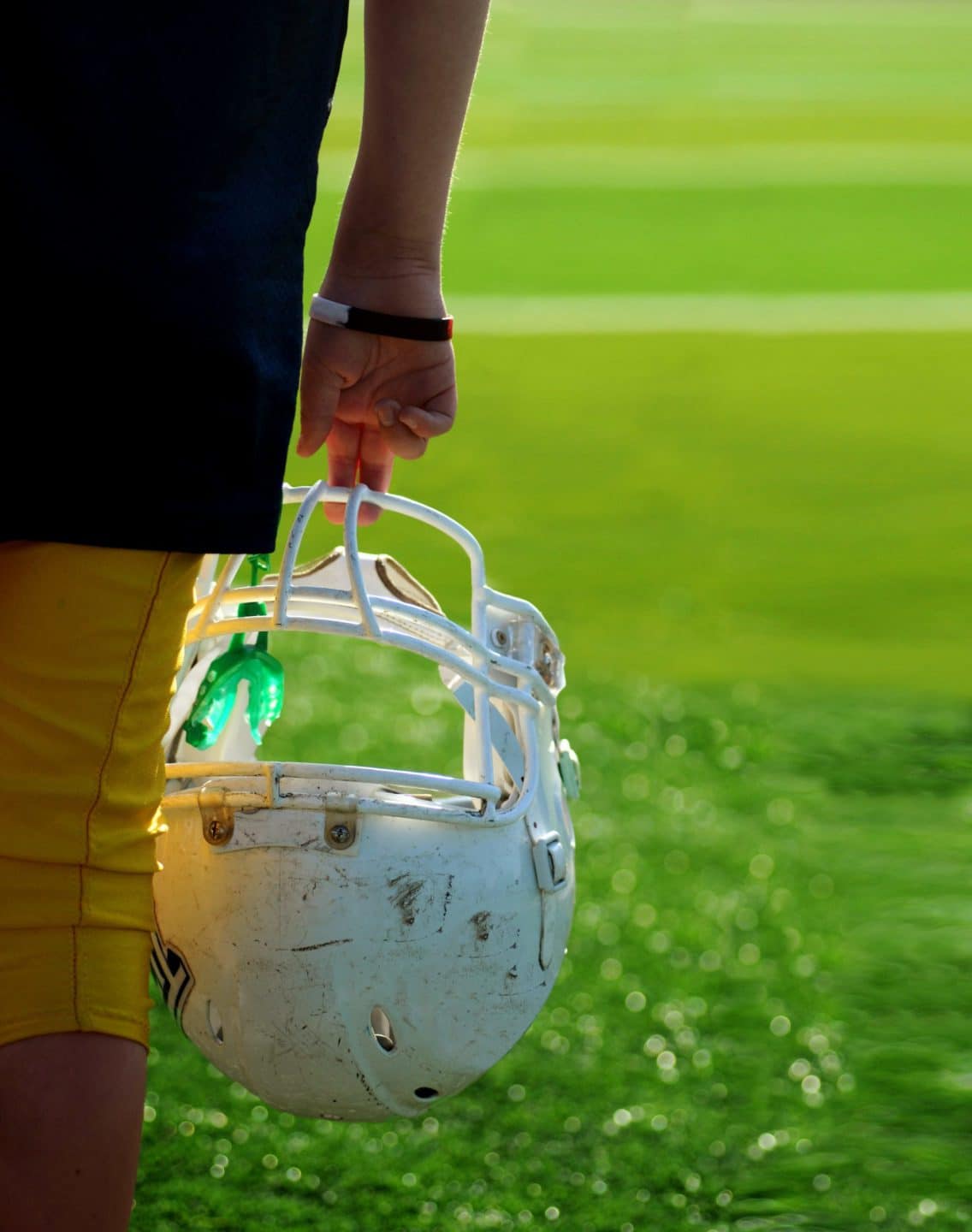Concussions and other head injuries are not uncommon injuries arising out of car accidents, sports related injuries or other type of accidents.
A concussion is a mild traumatic brain injury that occurs following a blow to the head or when one’s head and upper body are violently shaken. You do not have to lose consciousness to experience a concussion or long lasting symptoms, which may be diagnosed as post-concussion syndrome.
WHAT IS POST-CONCUSSION SYNDROME?
Post-concussion syndrome is a complex condition causing symptoms to last for weeks, months or even a year or more after a concussion. Concussion symptoms typically resolve within two weeks or a month, however, in cases where symptoms last longer doctors may diagnose post-concussion syndrome. Approximately 15% to 20% of individuals who experience concussions suffer from post-concussion syndrome.
Post-concussion syndrome is more common in those who have previously experienced head trauma, although multiple concussions will not necessarily cause post-concussion syndrome.
According to the Mayo Clinic, studies have found that increasing age is a risk factor for experiencing post-concussive symptoms. It has also been found that women are more likely to be diagnosed with post-concussion syndrome.
Symptoms of post-concussion syndrome may include the following:
- Headache;
- Difficulties with sleeping;
- Dizziness;
- Depression;
- Anxiety;
- Irritability;
- Fatigue;
- Reduced concentration;
- Memory problems;
- Sensitivity to noise and light;
- Ringing in the ears; and
- Blurred vision.
HOW TO TEST FOR POST-CONCUSSION SYNDROME
Unfortunately, there is no test available to determine whether an individual is suffering from post-concussion syndrome. A computerized tomography (CT) scan or magnetic resonance imaging (MRI) may be performed to detect structural brain abnormalities, however, these scans will not identify the presence of post-concussion syndrome.
Mild traumatic brain injuries do not show up on standard brain imaging tests because the tissue is not damaged in an obvious way. Head trauma impacts the ability of neutrons to signal for the right amount of blood to accomplish certain processes, but does not impact the structure of the cells themselves.
Healthcare professionals will typically diagnose an individual with post-concussion syndrome by observing changes in the way the individual thinks and feels. A diagnosis may be made when a patient’s symptoms last longer than three months and once other potential causes for the symptoms have been observed but ruled out.
POST-CONCUSSION SYNDROME TREATMENT
A combination of various treatment options, including traditional medications, may be the best way to attempt to treat post-concussion syndrome, including the following:
- Vision therapy: This type of therapy helps to relieve symptoms such as headaches and dizziness that stem from eye movement.
- Neuro-optometric rehabilitation: This treatment uses a sequence of visual tools to help stimulate normal brain function.
- Vestibular therapy: This treatment uses exercises to help retrain your balance to prevent dizziness or vertigo.
- Physical therapy: This type of therapy can be used to treat headaches and other injuries, which are improved through stretching, massage or heat treatment.
- Cognitive behavioural therapy: This treatment is used to help resolve mood disorders.
DAMAGES FOR CONCUSSION RELATED INJURIES
Individuals can claim damage for a concussion injury and/or post-concussion syndrome, like other diagnoses following an accident, if your doctor has a medical opinion that the condition was caused by the accident.
The greatest difficulty with claiming damages for post-concussion syndrome is that its symptoms can be vague and that physicians can differ in their opinions as to whether a patient has suffered post-concussion syndrome.
TIPS TO AVOIDING HEAD INJURIES
Cuming & Gillespie LLP would like to recommend the following tips to prevent head injuries:
- Fasten your seat belt: It is important to always fasten your seat belt when travelling in a car and ensure that children are restrained properly in their age-appropriate car seats or booster seats.
- Always wear a helmet: It is essential to always wear a helmet and ensure your children wear a helmet while bicycling, roller-skating, ice-skating, skiing, snowboarding, playing football, batting or running during baseball, skateboarding, horseback riding and when riding a motorcycle.
- Prevent falls at home: Take action at home to remove small area rugs, put away toys, install window guards, improve lighting and install handrails or grab bars for the elderly.
- Pay attention to your surroundings: As falls are one of the leading causes of traumatic brain injury it is important to always focus on your surroundings to avoid a slip or trip and fall.
- Exercise regularly: Regular exercise can strengthen leg muscles and provide for better balance. This will help to prevent falls.
If you or a loved one think you have suffered a brain injury following a recreational accident, slip and fall or motor vehicle accident, consider getting a free consultation with an experienced personal injury lawyer who can help you evaluate the injury’s impact on your life and whether you are entitled to make a claim for damages.
At Cuming & Gillespie LLP, we will review your accident from all perspectives to provide you with advice as to whether to pursue a claim for damages. It is important that you call us promptly so we can help you understand your rights and the potential to recover compensation for your injuries. Contact our office at 403-571-0555 or online today to book an appointment for a free consultation.

